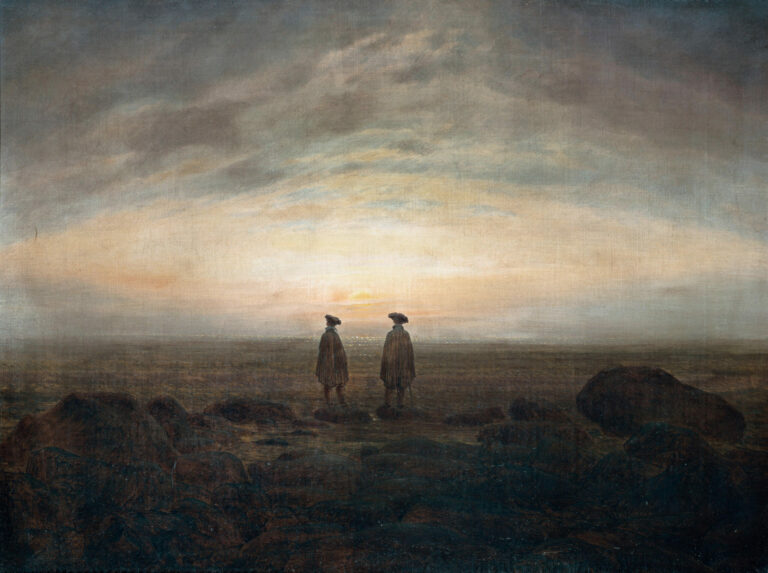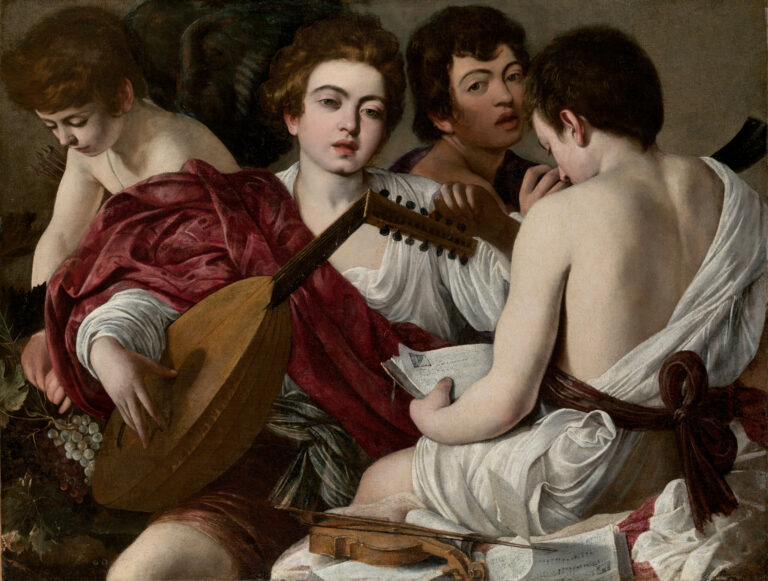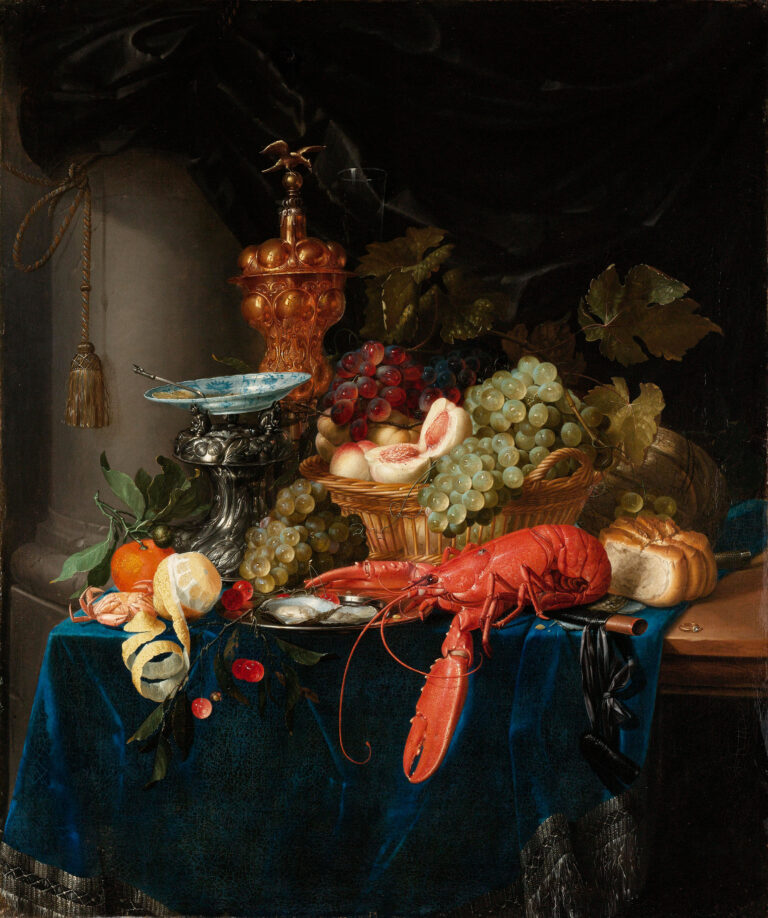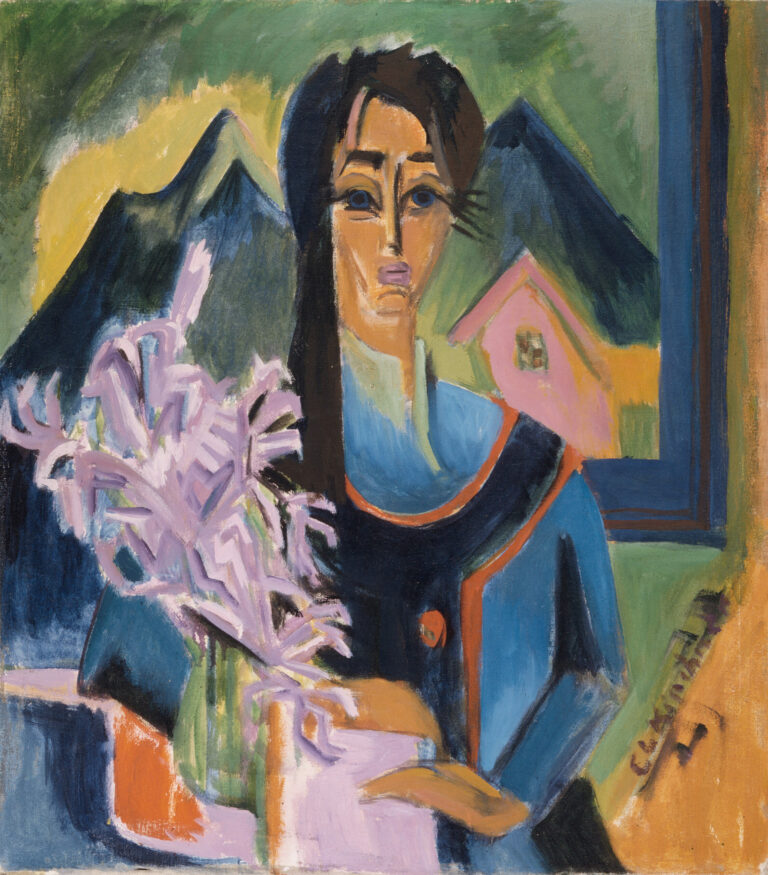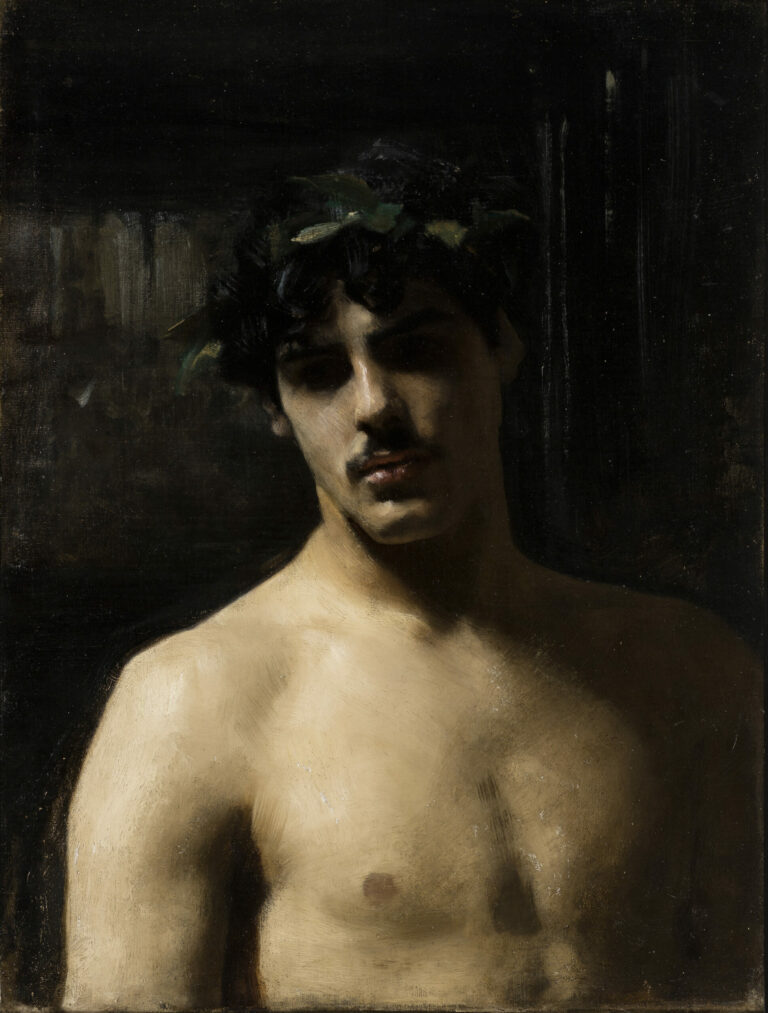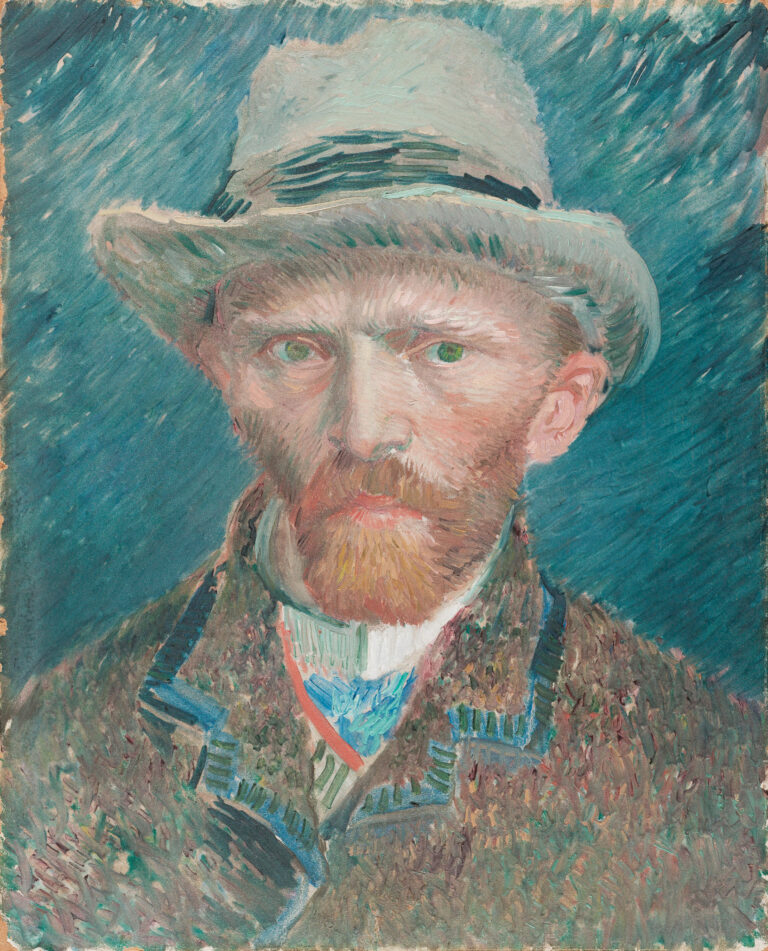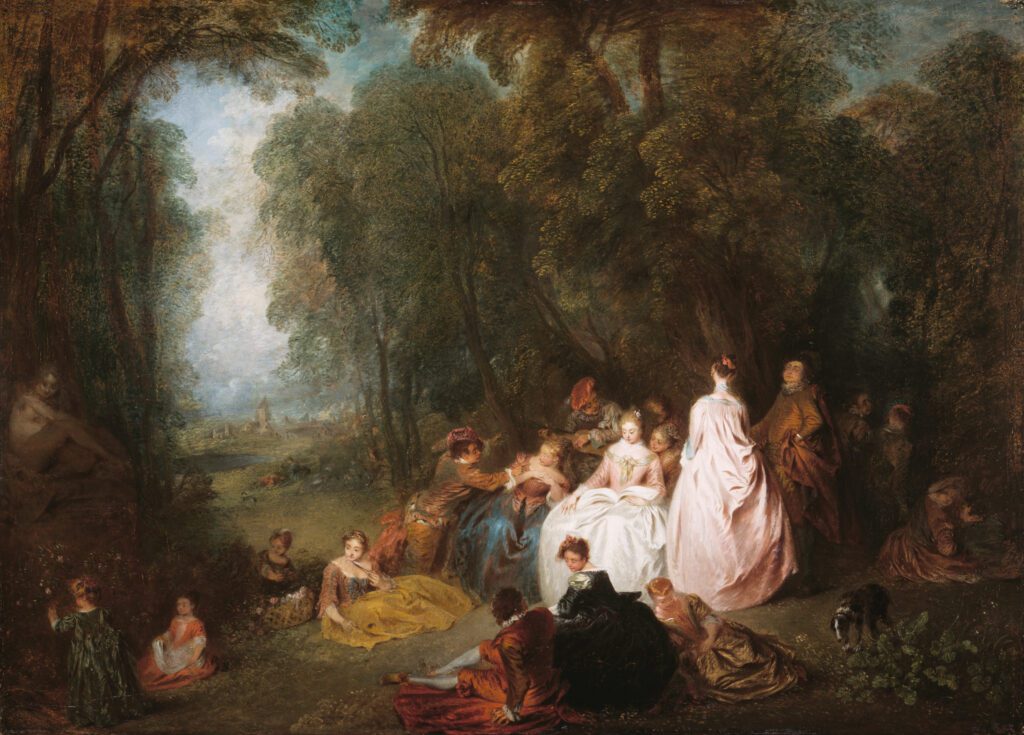
This enchanting painting invites us to a spectacle set in nature. The composition is organized around a central group of figures dressed in shimmering silks, bathed in a golden light filtering through the autumnal foliage.
The artist orchestrates this gallant choreography where elegant ladies and refined gentlemen engage in the subtle games of seduction. One might discern the three ages of love delicately unfolding: childlike innocence on the left, the stirrings of first emotions in the center, and the fullness of love discreetly suggested on the right. Watteau’s vaporous touch transfigures this worldly scene into a poetic vision where time seems suspended. The background opens onto a misty landscape with bluish tones, creating that melancholic atmosphere so characteristic of the artist, as if this shared felicity were merely ephemeral.
Further information
- Fête champêtre (Pastoral Gathering), by Jean-Antoine Watteau, assisted by Jean-Baptiste Pater, circa 1718-1721
- 48.6 × 64.5 cm
- The Art Institute of Chicago, European Painting and Sculpture, Gallery 216
- https://www.artic.edu/artworks/107938/fete-champetre-pastoral-gathering
Jean-Antoine Watteau (1684-1721), child prodigy of French painting, embodied the artistic renewal that followed the rigidity of Louis XIV’s reign. Trained in Claude Gillot’s workshop and later with Claude Audran, he developed an inimitable style that would revolutionize the painting of his time. Inventor of “fêtes galantes,” a pictorial genre blending aristocratic portraits and bucolic scenes tinged with theatricality, Watteau imbued his works with a melancholic grace that reflected his own fragility—he died prematurely of tuberculosis at age 36.
His influence was considerable, inspiring a whole generation of artists including Jean-Baptiste Pater, his disciple, who completed some of his canvases and perpetuated his enchanting style, foreshadowing the Rococo aesthetic that would dominate French art in the 18th century.

